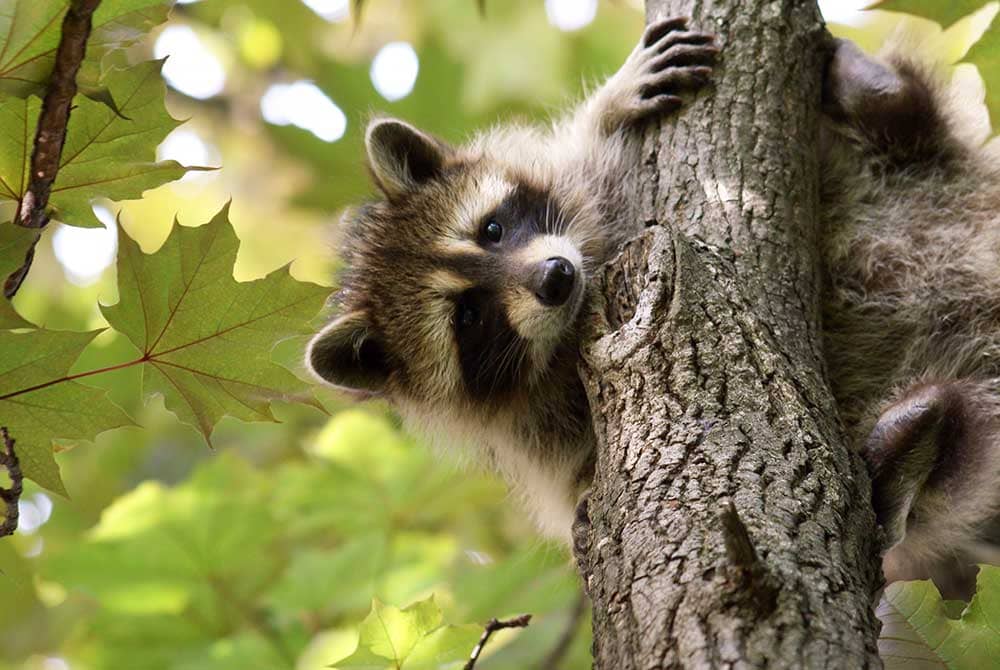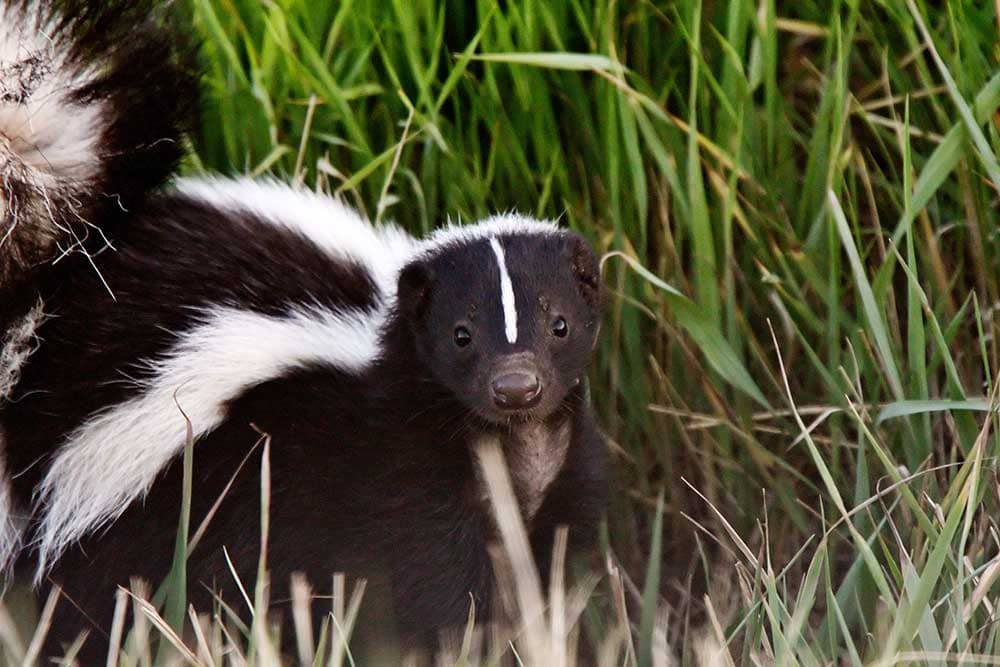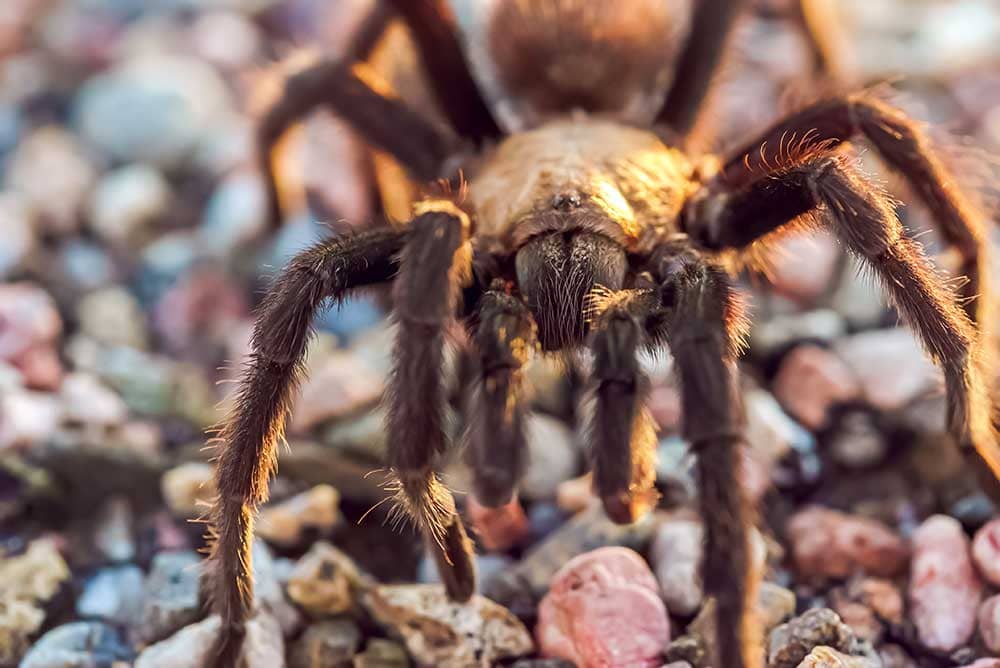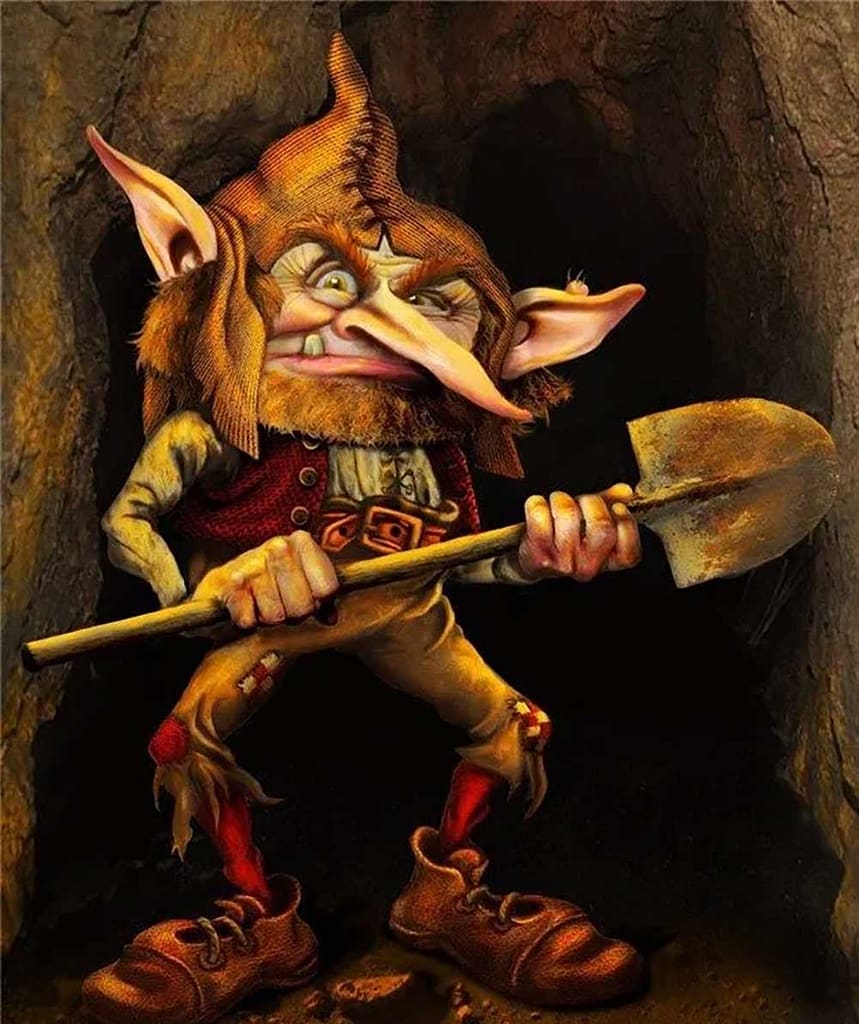Colorado Springs Wild Animals: Mischievous Misfit Edition
In this edition of Colorado Springs Wild Animals, we’re introducing you to the sassier side of the Pikes Peak region. If you missed the last one, learn all about our dangerous wildlife and how to handle an encounter here. We are talking about the pests, the punks and the occasionally creepy creatures that lurk (or swoop) in the dead of night. We are pleased to introduce you to our own regional mischief makers.
Skunks Stinking Up the State
These smelly little rascals can create quite a bit of chaos simply by showing up to the party. Easily recognizable by the telltale white racing stripes over deep black fur, skunks are extremely common in the Pikes Peak region. They are also notoriously stinky and a major foe of dog owners and backyard poultry farmers. The latter is because chicken is a much-loved and easily accessible snack in unreinforced backyard coups. The former, well, that’s mostly the fault of curious dogs who simply do not know when to quit. Skunks emit a horrid spray from their hind quarters when they are cornered or surprised. The resulting stench is extremely difficult to remove from clothes, nearby objects and furry little idiots who think skunks are fun to harass. Skunks are also carriers of rabies, which can be deadly to your pets. Fortunately, skunks can be easily avoided with a few easy steps. The first is to watch out for them at night, especially near garbage cans or other food sources. Second, leash up your pets at night. This is particularly important near woods and open space, where skunks are likely to make their homes. If you are unfortunate enough to catch the south end of a northbound skunk, it will be difficult to remove the smell. The key is to use soaps specified for degreasing, as the spray is an oily secretion. It may take more than one shower and more than one day to get the smell out. Try to use old clothes and blankets until it fades. As for pets, a combination of peroxide, baking soda and baby shampoo left on the fur for several minutes can help. There are also several products you can purchase in stores and online if the smell just won’t quit.
Raccoons: Pikes Peak Bandits
Raccoons are the bane of most everyone in Colorado Springs. The notorious trash goblins have created a near-perfect crime ring involving theft, destruction of property, garbage consumption and the untimely deaths of many chickens. Raccoons are a brownish orange color with recognizable ringed fluffy tails and black bandit masks to highlight just how naughty they are. Like skunks, you will typically encounter raccoons in the evenings, lurking in the underbrush, in sewer runoffs and around dumpsters and trash bins. They are savvy, cranky and occasionally aggressive, but will generally avoid humans and pets whenever possible. If you and your pet encounter a raccoon, it is best to not be confrontational. They are known to contract rabies in addition to being rather feisty and scrappy. It’s also important to mention that raccoons can get very large; some are even too big for the largest big box live traps. Keep trash locked down and chickens well-protected and you and the neighborhood raccoons will likely get along.
Bashful Bats Clean Up Colorado Evening Skies
Bats are probably the most maligned and most benign critters on this list. In fact, if it were not for their tendencies to scare the daylights out of folks perusing local tunnels and caves, they probably would not be on here at all. While bats are definitely a little odd looking, there’s no denying that they are also kind of adorable. Tiny furry bodies and little batty smiles make bats downright charming even if their strange wings and odd joints give them a lurchy, ominous look. Bats are pretty chill here in Colorado Springs. Even if you startle one another out in the wilderness, they really just want you to leave their territory so they can go back to napping. Bats hide during the day and hunt for insects at night using echolocation and incredible hearing. They nest in a variety of locations like caves, tunnels, buildings, underpasses and anywhere else that is safe and dark. Some Springs homeowners create bat boxes to provide homes for this insect destroyer. If you see a box with a small hole mounted up near the eaves, you’re likely looking at a bat box.
Colorado Tarantulas Go the Extra Mile
You might think a state like Colorado is too cold for giant furry spiders to call home, but Colorado tarantulas beg to differ. Yes indeed, Colorado is home to five types of tarantulas. The most infamous of the tarantulas in Colorado are known for making an epic migration through southeastern Colorado each year. Aphonopelma vogelae ventures out into the world in search of female mates from August through September. Said spideresses spend that time chiling in underground burrows and hoping their suitors aren’t into cryptocurrency. While the sight of these spiders can be a little jarring, tarantulas are the epitome of “if you leave them alone, they’ll leave you alone.” They do not make it a mission to bite humans and their venom is not toxic to humans when they do. If you try to pick them up, you may also get a little itchy. They release their tiny hairs to annoy predators and if you’re picking them up, you’re a potential threat and you kinda deserve their wrath. They are quite a bit larger than the average house spider, but a bit smaller than some of the tarantulas you might see in captivity. Males are larger (and they are the ones you’ll see migrating) than females, but both are furry and black, brown or some combination of the two. If you spot a tarantula indoors, we recommend you set it free, as they are excellent predators. If you find one outside, snap a photo for the ‘gram and let it be. He’s got business to attend to.
Tommyknockers Troll Miners and Spelunkers
Tommyknockers are an invasive species that is not native to the Pikes Peak region. The first recorded notation of their presence in Colorado dates back to the 1860s, when Colorado was “the Colorado Territory” and mining was all the rage. That’s where the species got its first toehold in the region. Like the Cane Toad in Australia, Tommyknockers found a perfect home in the state of Colorado very quickly. With no natural predators and hundreds of new mines dotting the mountains, Tommyknockers began to thrive. Caves and mines are the natural habitat of the Tommyknocker where they originate from in Europe. There, Tommyknockers have several natural predators to keep their population in check. Not the case in our fair state. You will typically encounter Tommyknockers in caves and abandoned mines. They are small, humanoid creatures that live in the darker recesses of the caverns. It is very rare to catch sight of one unless you are deep in a cave system or mine, so unless you are an experienced spelunker or a very risk-loving explorer, the t’wain shall not meet. The most important tip to remember is that if you hear the signature knocking in a cavern, you should exit immediately, as a cave-in might be imminent. The actual intention behind the Tommyknockers’ sound has been hotly debated for over a century. Some miners of old believed that Tommyknockers make the noise to save humans in the tunnels. Skeptics believe it is more likely that the knocking is the sound of the creatures creating a cave-in to kill trespassers. We think it’s best to shut up, listen close and run like heck if you hear them thumping about.
These crazy critters certainly make living in Colorado Springs an interesting experience! While they all may test our patience at one time or another, all (except the Tommyknockers) are an important part of the Colorado ecosystem. Try to be kind when you encounter them at home, in the wilderness or squeezing out of a storm drain. They’re just trying to live their best life.
This is part of our local wildlife series, check out our blog to learn all about the cuties, the feisty fiends, and the shy ones.










